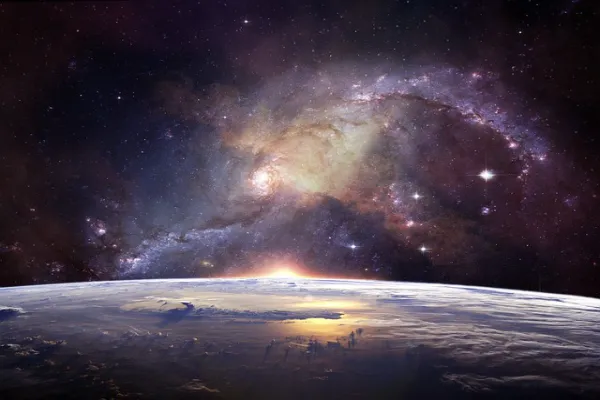Fun Facts About the Galaxy

Galactic Marvels: Fun and Fascinating Facts About Our Milky Way
Our galaxy, the Milky Way, is a vast and intricate cosmic tapestry that has fascinated humanity for centuries. Spanning a diameter of about 100,000 light-years, it is a swirling sea of stars, planets, and celestial wonders. Beyond its awe-inspiring beauty, the Milky Way harbors a myriad of fun and intriguing facts that add an extra layer of fascination to our understanding of the cosmic neighborhood we call home.
Stellar Population in the Galaxy
The Milky Way is home to an estimated 100 billion stars, ranging from massive, luminous giants to small, dim dwarfs. Our Sun is just one among this colossal stellar population, residing in one of the galaxy’s spiral arms known as the Orion Arm or Local Spur. The variety in star sizes, colors, and ages contributes to the breathtaking visual diversity of our night sky.
Galactic Rotation
The Milky Way is not a static entity; it’s a dynamic, rotating galaxy. It takes approximately 225-250 million years for the entire galaxy to complete one rotation. This means that since the birth of the first dinosaurs, the Sun and its accompanying planets have completed only about 20 orbits around the galactic center.
Galactic Cannibalism
Galaxies, like predators in the cosmic wilderness, sometimes engage in a phenomenon known as galactic cannibalism. The Milky Way has had its share of cosmic feasts, having devoured smaller satellite galaxies. Streams of stars left behind by these galactic mergers crisscross the night sky, telling tales of past cosmic collisions.

Dark Matter Mystery
While we can observe stars, gas, and dust within the Milky Way, a significant portion of its mass is attributed to an enigmatic substance known as dark matter. Dark matter does not emit, absorb, or reflect light, making it invisible. The nature of dark matter remains one of the most intriguing mysteries in astrophysics.
Galactic Recycling
Elements essential for life, such as carbon, oxygen, and iron, were not created in the Milky Way but in the fiery furnaces of previous generations of stars. Through stellar processes like supernovae, these elements are expelled into space, eventually becoming the building blocks for new stars, planets, and even life forms. We are, quite literally, stardust.
Galactic Halo and Galactic Bulge
Beyond the familiar spiral arms, the Milky Way features a spherical halo and a central bulge. The galactic halo consists of older stars, globular clusters, and dark matter, while the bulge contains densely packed stars near the galactic center. This three-dimensional structure contributes to the complexity of our galactic home.
Conclusion
As we gaze at the night sky, the Milky Way stands as a testament to the grandeur and complexity of the universe. From its intricate structure to the mysteries that continue to elude our understanding, our galaxy offers a cosmic playground for exploration and discovery. These fun facts about the Galaxy not only spark wonder but also remind us of the dynamic and ever-evolving nature of the cosmic spectacle we call the Milky Way.